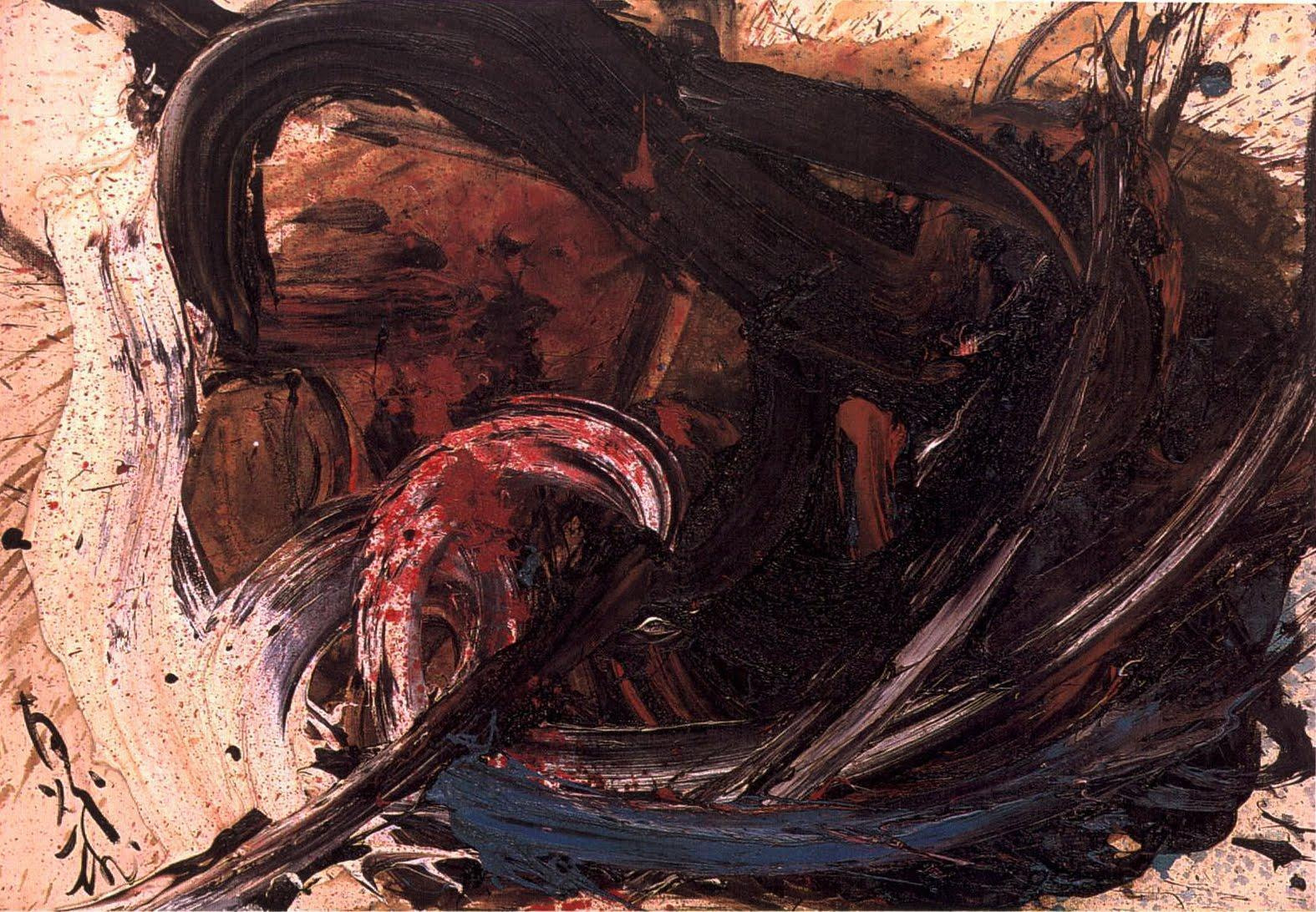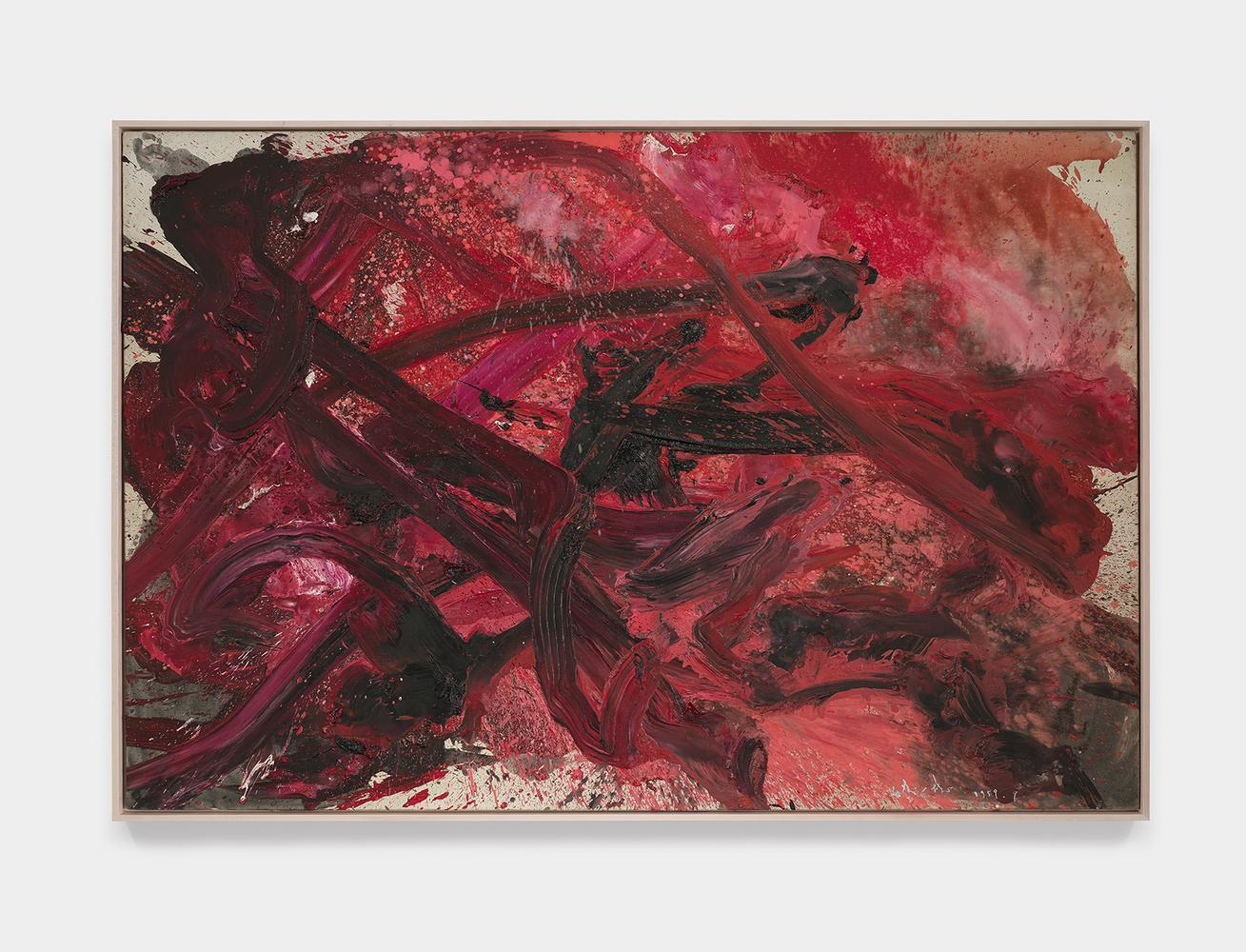Lecture by Irina Kulik
LECTURE No 9
A COURSE OF LECTURES: DISSYMMETRICAL SIMILARITIES
Irina Kulik
Wednesday June 17, 19:30
Kazuo Shiraga — Hermann Nitsch
Garage Education Center
Japanese artist Kazuo Shiraga (1924–2008) was a member of the experimental Japanese group Gutai, which existed from 1954 to 1972. Inspired both by the action painting of Jackson Pollock and traditional Japanese Zen calligraphy, Shiraga became known for his performances, in which he mobilized his entire body to create paintings. Like other members of Gutai, he was only discovered by the western art world relatively recently, receiving a retrospective at the Guggenheim Museum in New York in 2013.
Hermann Nitsch (b. 1938) was a leading member of Viennese Actionism. He studied as a graphic artist, but became famous for his outrageous actions in the 1960s involving blood and carcasses from slaughterhouses. He believed in shocking the viewer in order to achieve catharsis. In early 1970 he founded the Theater of Orgies and Mysteries, creating new rituals based on different religious traditions and the ideas of psychoanalysis. In the 1960s, Nitsch was arrested several times for his performances, but today he is recognized as a master, and his works exhibited in museums around the world.
Entrance is free, but seats are limited. Please arrive early.
Irina Kulik PhD (b. 1970), art critic, culture expert, lecturer at the Institute of Contemporary Art, and author of numerous publications devoted to contemporary art, cinema and music.
Images:
1. Kazuo Shiraga
Untitled, 1959, oil on canvas, 182.2 x 271.8 cm
Walker Art Center, Minneapolis, USA
2. Kazuo Shiraga
BB64, 1962, oil on canvas, 81 x 116 cm
Private collection, the Netherlands
3. Hermann Nitsch
The Last Supper, 1976–79, silkscreen, 155 x 370 cm
Nitsch Foundation, Vienna, Austria
4. Hermann Nitsch
Untitled, 1962, 190 x 300 cm




